Here are some key design strategies that can help streamline production processes, eliminate delays, and cost overruns that can impair your competitive edge.
Obviously, we all know that shaving time off the product development cycle can help you get to market faster. This has been the design-for-manufacturing (DFM) mantra for decades. Yet trying to undertake all the strategies at once can be overwhelming, cost prohibitive, and unrealistic.
However, here are five process related recommendations that could help you achieve more competitive product launch goals. They include design for machining, design for moldability, design for casting and forging, design for fabrication, and design for assembly. Let’s take a look at how each process works.
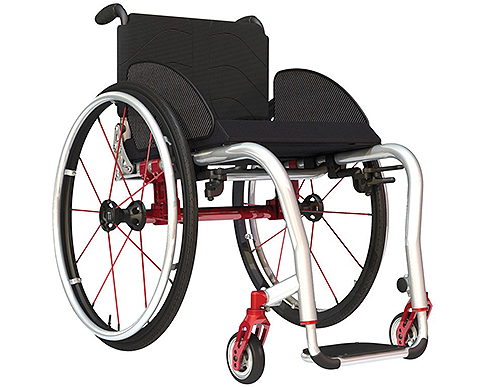
TiSport, a leading manufacturer of high-performance, titanium wheelchairs, automated its machining operations by using a CAM package that is fully integrated with SolidWorks software. This integration enabled the company to use SolidWorks configurations to drive machining, resulting in annual production cost savings of $400,000.
Design for machining
Although the advent of CAM software represented a leap in machining productivity, an integrated 3D design system with DFM tools can increase efficiency gains. No matter what process you use – milling, drilling, punching, laser/waterjet cutting, multi-access machining, or wire EDM – the critical requirements are starting with accurate 3D geometry and using the machining technology that best fits the needs. You should be able to import design data into your CAM system easily. Other issues include:
• Consider down-the-road design changes and engineering change orders
• Check the model for manufacturing issues using a DFM tool
• Look for tolerance stack-ups
• Conduct interference checks
• Optimize the design to try to reduce material usage
• Work with documentation sources to assure collaboration between design and product
documentation.
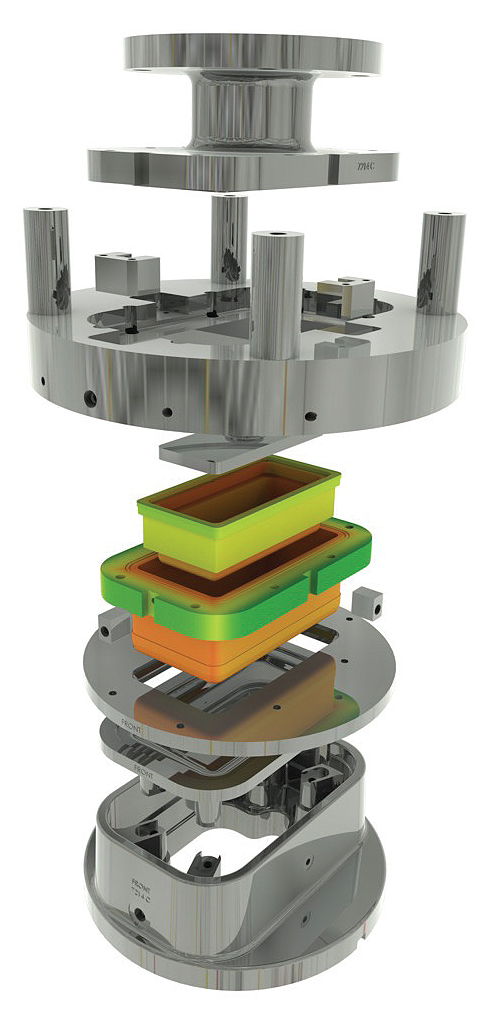
Using SolidWorks Flow Simulation software, World Kitchen LLC, the maker of Pyrex bake ware, was able to optimize its thermoforming production operation to maintain precise temperatures in the molding fixtures used with molten glass. This improvement reduced production time by 40% and saved the company $230,000 in annual production costs.
Design for moldability
While manufacturers use molds to produce a number of products, not all shapes are moldable. Regardless of the method used – including injection-molding, thermoforming, resin fills, blow-molding, and rotational molding – considering a design’s moldability is a key factor for producing quality parts at volume. Although 3D core-and-cavity capabilities can facilitate the development of molds, using DFM tools to assess moldability can avoid production problems and extend mold service life. For example, a draft analysis can ensure the part will pop out of the mold without damaging the part. Such an analysis can discover undercuts, which increases the cost of the mold. Here are a few other tips:
• Try to locate undercuts and eliminate them
• Check part thickness and parting line locations
• Perform a fluid flow or thermal simulation to optimize design
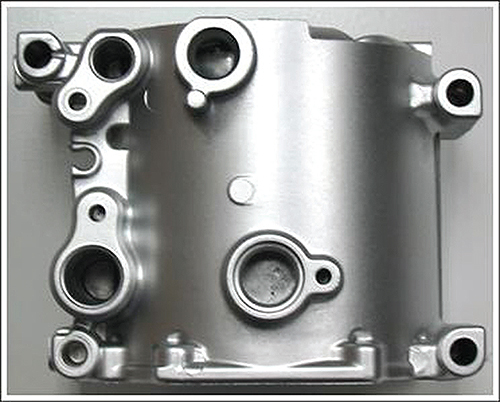
Through the implementation of SolidWorks Enterprise PDM software, Burlington Technologies, Inc., automated its workflows. This producer of high-pressure aluminum castings leveraged PDM to streamline its workflow and approval process which eliminated design errors and cut the time required to make changes by 50%.
Design for casting and forging
Many manufacturers produce metal parts that are not machined, either through forging or casting. Forging is the preferred method for creating extra-strong metal parts in which the metal’s grain is hammered or pressed into the shape of a part using a combination of pressure and temperature. Casting is typically reserved for metal parts having complex geometries that preclude machining or in instances where casting is faster and less expensive than machining. Cast parts are produced by pouring molten metal into sand, metal, or investment-cast molds. As with mold development, using DFM tools can benefit both processes.
Regardless of whether you cast or forge parts, 3D design and DFM tools can help you check the draft of your parts and evaluate the strength and precision of your fixtures, dies, and molds. Here are a few other tips.
• Try to improve the performance of hammers and presses during forging operations
• Avoid dead lock whenever possible
• Leverage 3D printing to economically create starch-based molds for casting
• Integrate PDM tools to help manage production
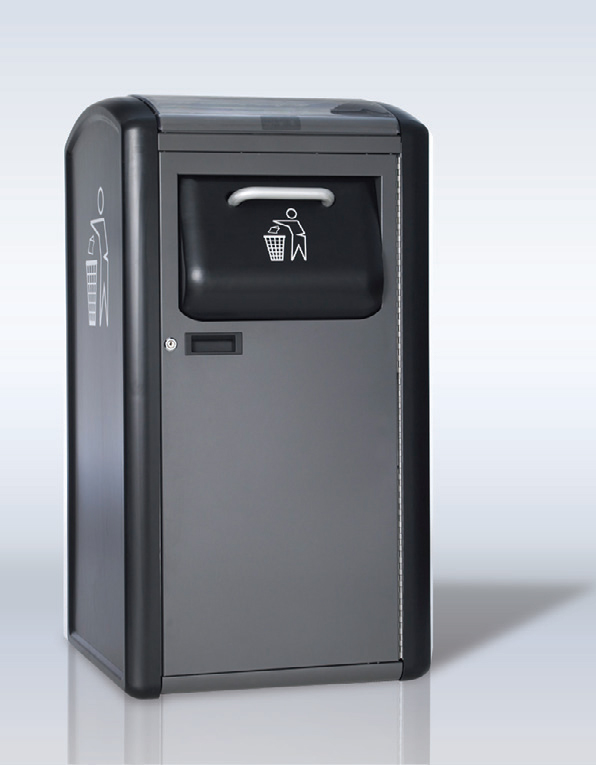
BigBelly Solar used SolidWorks sheet-metal design, simulation, and interference detection tools to streamline fabrication of the world’s first solar-powered trash compactor. These capabilities helped the company develop an innovative, first-of-its-kind product, and enabled it to reduce its material costs by more than 30%.
Design for fabrication
Fabricating assemblies requires the accurate and efficient processing of sheet metal parts, welded structures, and fastening systems. Turning sheet metal designs into finished pieces consistently, quickly, and cost-effectively–including the precision handling of weldments and fasteners–is key to saving time and money. Many manufacturers work closely with companies that specialize in fabricating assemblies and it’s been reported that DFM tools can streamline interaction with these vendors and automate fabrication operations. Other suggestions you might consider include:
• Make sure the parts require no “last minute” changes before reaching the shop floor.
• Use folding/unfolding capabilities and forming tools to view sheet metal models as flat patterns and their bended shapes.
• Assess manufacturability prior to handing a design off to a fabricating assembly vendor.
• Model weldments based on stock structural shapes at suppliers or in commonly used fastener libraries.
• Reduce iterations with fabricating vendors to avoid rework.
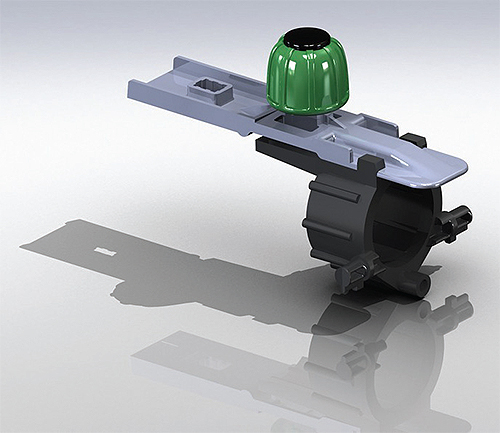
Cardiovascular Systems, Inc. is revolutionizing the treatment of vascular disease through the development of a disposable diamond-coated, catheter-based device that grinds away arterial plaque. The company used Solid-Works to cut its manufacturing costs by 20%, and 3DVIA Composer technical communications software to automate its clean-room assembly operations through easy-to-follow assembly animations.
Design for assembly
The methods used to assemble parts and subassemblies into final products can vary greatly: from pick-and-place robotics, to machine-driven assembly/packaging, to human manual operations. With any assembly operation, the ability to visualize and simulate how a product goes together is essential for preventing assembly-related bottlenecks.
In the case of assembly machines, this capability can also help you develop the best-performing, most cost-effective system by using simulation data to design and size it perfectly. Simulating assembly operations whether manual or automated is becoming increasingly important for squeezing additional time and costs out of production. What else can you do?
• Create assembly animations for your operators to follow.
• Use kinematics and dynamic simulation tools to design and size your machinery.
• Select electric motors and drive mechanisms that balance service life.
• Use 3D design data to streamline assembly operations, improve packaging, and create documentation.
Discuss this on The Engineering Exchange:
SolidWorks
www.solidworks.com
::Design World::
Filed Under: Factory automation, Software • 3D CAD, AUTOMATION, Software • CAM, Green engineering • renewable energy • sustainability, ENGINEERING SOFTWARE, Energy management + harvesting

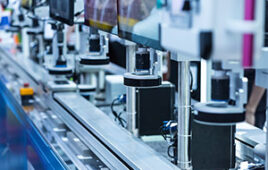


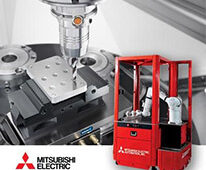
Tell Us What You Think!